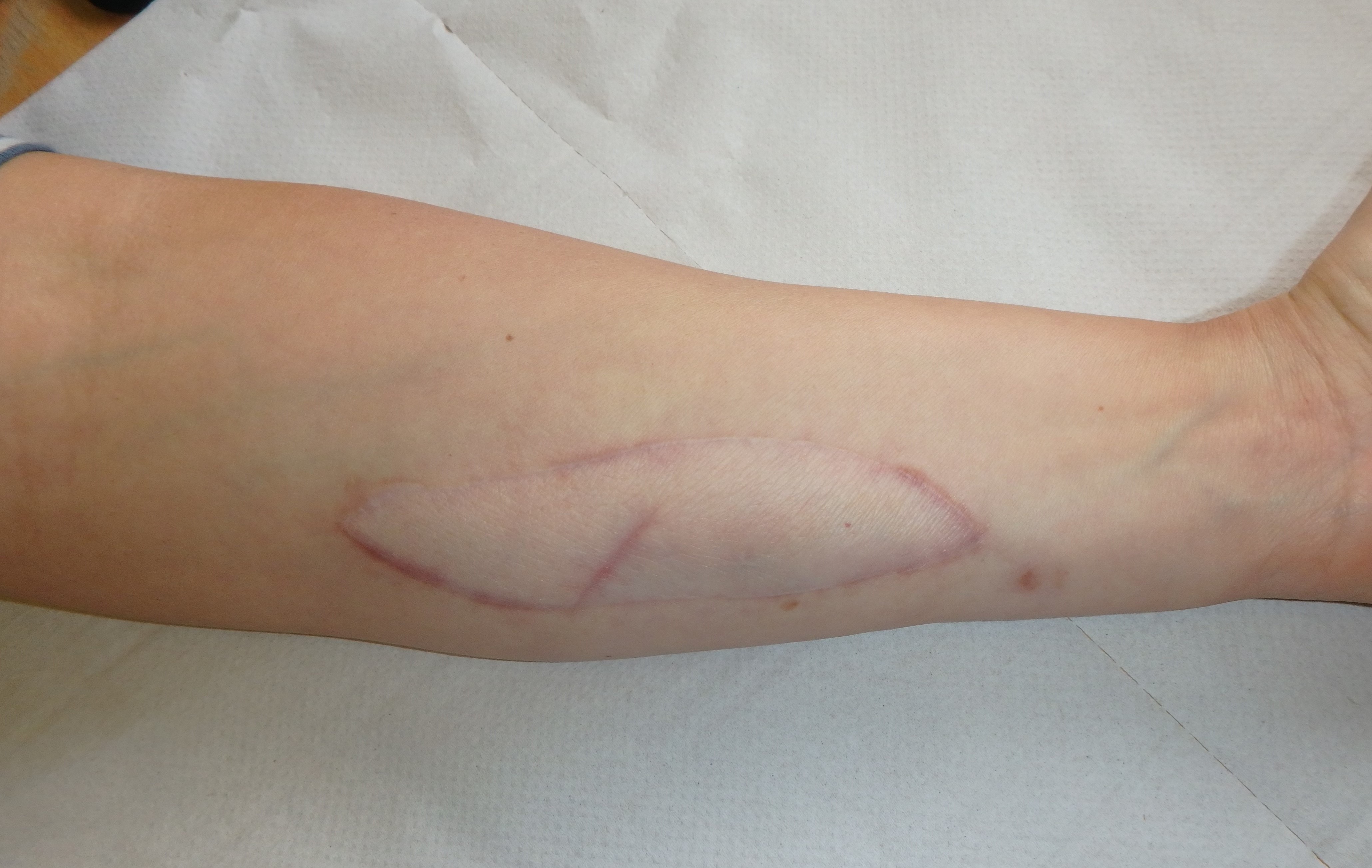New trial using skin patches as an ‘early warning system’ to spot lung transplant rejection
A new trial, SENTINEL, is set to investigate if skin patches can be used as an early warning system to identify if lung transplants are being rejected, so treatment can begin sooner, reducing the chance of longer lasting organ damage.
Rejection may show as a rash on the donated skin patch, often before the body has started to reject the lungs. If such a rash is seen, a tiny biopsy from the skin will be taken, as a step to confirm the presence of rejection.
If the trial is a success and the approach can be rolled out to all lung transplant recipients, the research team believe it could cut rejection by up to 50%.
The SENTINEL trial will recruit 152 patients over three years. The £2million trial is run by the Surgical Trials Units at the University of Oxford in collaboration with NHS Blood and Transplant and the five UK lung transplant centres and funded by a Medical Research Council (MRC) and National Institute for Health and Care Research (NIHR) partnership.
 Patients will receive a 10 x 3cm skin patch from the forearm of the organ donor, which will be transplanted onto the under-surface of the patient’s forearm at the same time as the lung transplant. The skin transplant will be carried out by an independent plastic surgeon.
Patients will receive a 10 x 3cm skin patch from the forearm of the organ donor, which will be transplanted onto the under-surface of the patient’s forearm at the same time as the lung transplant. The skin transplant will be carried out by an independent plastic surgeon.
Skin seems to reject earlier than other organs and is easily visible at all times. Doctors can treat the rejection as soon as a rash appears, to try to prevent the lung from also rejecting.
Lung transplant rejection rates are high and cause injury – around 55% of patients are alive after five years. Rejection is monitored through tests of lung function, blood tests, X-rays and lung biopsies but it’s difficult to identify until it is already quite advanced.
Identifying early signs of rejection allows earlier and more personalised treatment, helping the organ to work for longer. If there are no signs of rejection, immunosuppressant medication can possibly be reduced, minimising side effects including higher risks of cancer and diabetes.
The transplants will be carried out by the lung transplants teams at specialist Cardiothoracic Centres across England. Donor families will need to give consent for the skin transplant to take place, which will be requested by NHS Blood and Transplant nurses.
Sentinel skin grafts have previously been used in studies where patients received intestinal transplants. It was observed that patients who received a skin patch experienced a much lower rate of organ rejection – around half of what would be expected, suggesting that the patch helped to prevent rejection as well as being a useful monitor of early rejection.
Helen Roper, 43, from Oxford, has cystic fibrosis, has previously been on the transplant list and faces a potential lung transplant in the future.
She says: “As somebody who faces the very real prospect of a possible lung transplant in my future, the idea that I could potentially be able to identify any rejection early, just by looking at a patch of skin on my arm, is extremely encouraging and helps to alleviate some fears. The SENTINEL trial could be a huge development for future lung transplant recipients and I look forward to hearing the outcome of the study.”